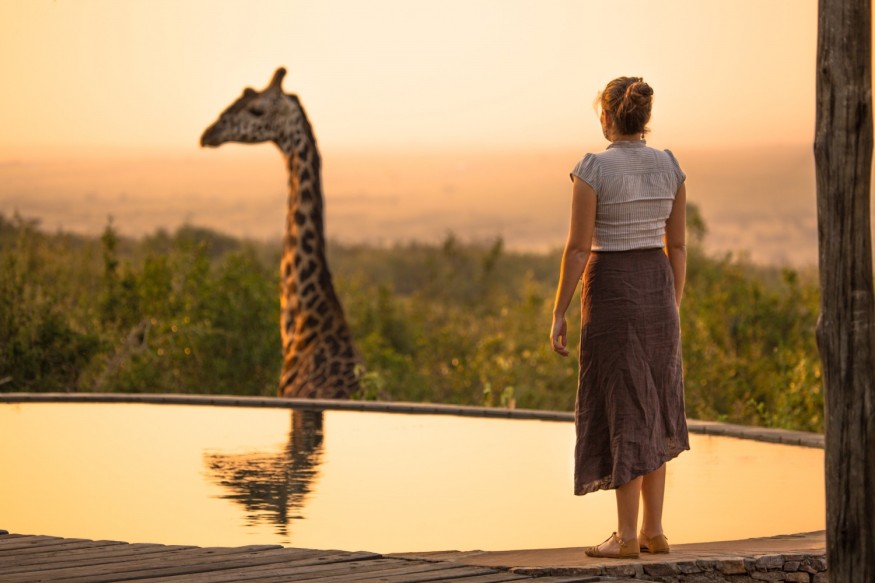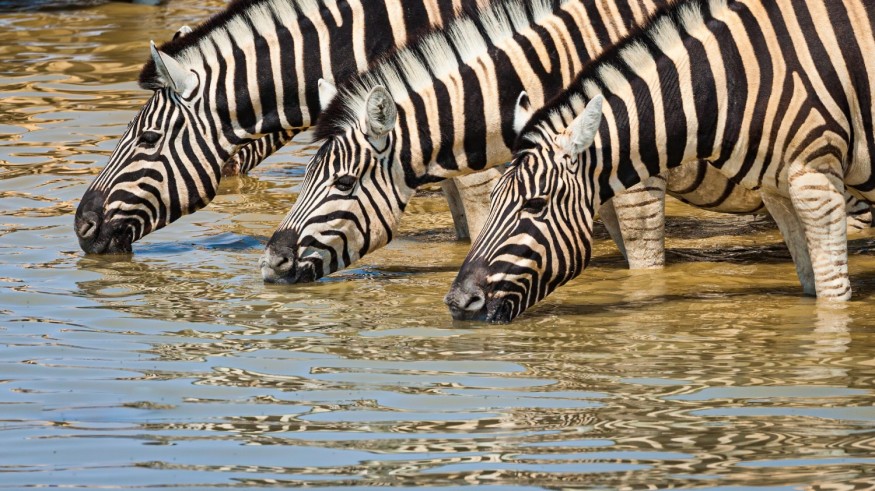Safari Chic: Packing Tips for Latina Travelers in Kenya

Are you ready to embark on a thrilling adventure to the heart of Africa? Kenya, with its breathtaking landscapes and diverse wildlife, is an enchanting destination that promises an unforgettable safari experience. As a Latina traveler, preparing for a Kenya safari requires a balance of practicality and style.
In this guide, we explore what to pack for your Kenyan safari, provide you with a comprehensive Kenya packing list, offer insights on what to wear, and shed light on Kenya's tourism seasons to help you plan the perfect safari getaway.
What to Pack for Kenya Safari
Packing for a safari in Kenya is all about versatility and preparedness. The African wilderness can be unpredictable, so it's essential to pack items that cater to a wide range of situations and conditions. Here's a breakdown of what to pack for your Kenyan safari:
1. Clothing:
Neutral Colors: When it comes to clothing, opt for neutral colors like khaki, brown, and olive green. These colors not only help you blend into the natural surroundings but also repel insects effectively.
Lightweight Layers: Pack lightweight, breathable clothing suitable for layering. This allows you to adapt to varying temperatures throughout the day.
Long-Sleeved Shirts and Pants: Long-sleeved shirts and pants provide protection against the sun and insects. Look for moisture-wicking fabrics to stay comfortable.
A Wide-Brimmed Hat: A wide-brimmed hat not only shields you from the sun but also adds a touch of safari chic to your outfit.
Comfortable Walking Shoes: Invest in comfortable, closed-toe walking shoes or hiking boots. Ensure they are broken in before your trip to avoid blisters.
Swimsuit: Some lodges and camps have swimming pools, so don't forget your swimsuit if you plan to take a refreshing dip.
2. Accessories:
Sunglasses: Protect your eyes from the African sun with a good pair of sunglasses.
Binoculars: Enhance your wildlife viewing experience with binoculars. They're especially handy for spotting distant animals and birds.
Camera and Extra Batteries: Capture the beauty of Kenya's wildlife with a quality camera and extra batteries. You won't want to miss any photo opportunities.
Power Bank: Electricity can be limited in some safari camps, so a power bank will ensure your devices stay charged.
3. Toiletries and Health Essentials:
Sunscreen: Kenya's sun can be harsh, so pack a high SPF sunscreen to protect your skin.
Insect Repellent: Insect repellent is a must to guard against malaria-carrying mosquitoes.
Basic First Aid Kit: Include essentials like adhesive bandages, antiseptic wipes, pain relievers, and any personal medications.
Prescription Medications: Bring an ample supply of any prescription medications you may need throughout your trip.
4. Documents:
Passport and Visa: Ensure your passport is valid for at least six months beyond your travel dates. Consult your travel agent for advice on how to obtain the necessary visa for Kenya.
Travel Insurance: Purchase comprehensive travel insurance that covers medical emergencies, trip cancellations, and evacuations.
Photocopies: Make photocopies of important documents, such as your passport, visa, and travel insurance information. Store them separately from the originals.
5. Money:
Cash: While credit cards are widely accepted in major cities, it's advisable to carry some cash in Kenyan Shillings for smaller establishments and tips.
Money Belt or Neck Pouch: Safeguard your money and important documents with a concealed money belt or neck pouch.
6. Electronics:
Adapter: Kenya uses Type G electrical outlets, so bring a suitable adapter if necessary.
Headlamp or Flashlight: Some safari camps may not have 24-hour electricity, so a headlamp or flashlight can be very useful.
What to Wear on Kenya Safari
Now that you know what to pack, let's focus on what to wear during your Kenya safari. Dressing appropriately is not only practical but also a part of the safari experience. Here are some tips for achieving that safari chic look:
1. Earth Tones: Stick to earthy, neutral tones like beige, khaki, olive, and brown. These colors blend in with the natural environment and are less likely to attract insects.
2. Lightweight Fabrics: Choose lightweight, breathable fabrics like cotton and linen. They keep you cool in the heat and are comfortable for all-day wear.
3. Layering: Layering is essential for adapting to temperature changes throughout the day. Start with a base layer, add a long-sleeved shirt, and top it off with a lightweight jacket or fleece in cooler evenings.
4. Comfortable Footwear: Opt for closed-toe walking shoes or hiking boots with good arch support. Make sure they are comfortable and broken in before your safari to avoid blisters.
5. Accessories: A wide-brimmed hat not only protects you from the sun but also adds a touch of safari style. Sunglasses with UV protection are essential for eye safety.
6. Minimal Jewelry: Keep jewelry to a minimum to avoid attracting unnecessary attention and to ensure comfort during long drives and walks.
Kenya Tourism Seasons
Understanding Kenya's tourism seasons is crucial for planning your safari. It will also inform the type of safari transportation you should opt for especially if on a self-driven safari. The country experiences two main seasons:
1. Dry Season (June to October):
This is the best time for wildlife viewing as animals congregate around water sources, making them easier to spot.

The weather is generally dry and cool, with daytime temperatures ranging from 70°F to 80°F (21°C to 27°C).
It's the peak tourist season, so accommodations and safaris tend to be more expensive.
Be sure to book your accommodations and tours well in advance.
2. Wet Season (November to May):
The wet season is characterized by occasional rains, which rejuvenate the landscape and bring lush greenery.
While wildlife viewing is still excellent, the dense vegetation can make animals harder to spot.
The weather is warm, with daytime temperatures ranging from 75°F to 85°F (24°C to 29°C).
This season offers lower prices and fewer tourists, making it a budget-friendly option.
Be prepared for some muddy conditions, especially during heavy rains.
Note: The Great Migration of wildebeests and zebras occurs in Kenya's Maasai Mara between July and October, during the dry season. This is a spectacular event to witness if your safari dates align with it.
Conclusion:
Preparing for a Kenya safari as a Latina traveler involves packing a combination of practical and stylish items. Neutral-colored, lightweight clothing, comfortable footwear, and essential accessories will ensure you're well-prepared for your adventure. Don't forget to consider Kenya's tourism seasons when planning your trip, as this will impact your overall experience. Whether you're capturing stunning wildlife photos in the Maasai Mara or simply immersing yourself in the beauty of Africa, embracing safari chic will make your journey to Kenya truly unforgettable. So, pack your bags, embark on your adventure, and savor every moment of your Kenyan safari!
Subscribe to Latin Post!
Sign up for our free newsletter for the Latest coverage!
© 2025 Latin Post. All rights reserved. Do not reproduce without permission.















